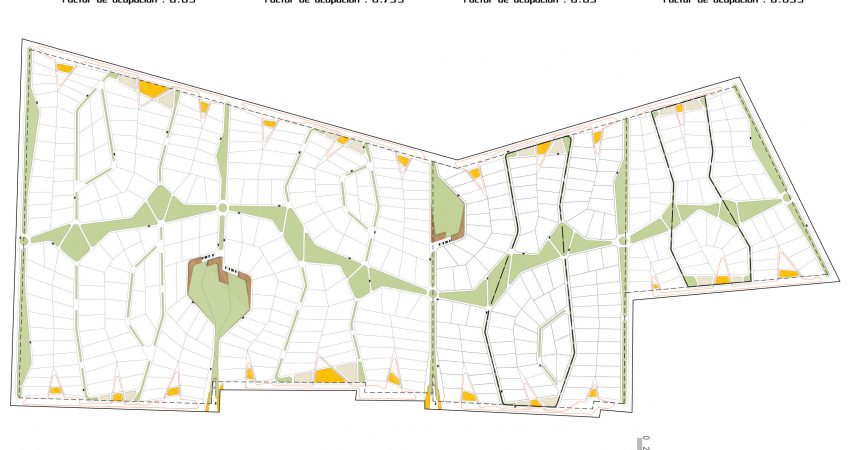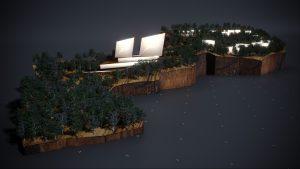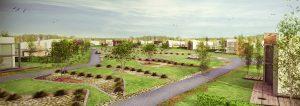Balancing Urban Planning in the Era of Coronavirus

Historically, pandemics have left significant imprints on cities, sparking noticeable shifts in their development. From ancient Athens and medieval towns to modern cities, plagues have presented serious challenges to citizens’ lives, necessitating innovative solutions from urban planners to help societies endure.

Instances such as London’s Victoria Embankment, a response to a 19th-century cholera outbreak, led to a new water intake and sewage management system along the Thames River. The Black Death in the Middle Ages even brought forth the modern concept of Urban Planning itself.
Now, we face the Coronavirus pandemic, a crisis that has unveiled inadequacies in our current urban development methods, despite scientists having long predicted such pandemics.
Current urban design trends lean towards the development of compact, concentrated, and dense cities, aiming to optimise resources, including energy efficiency. This approach is evident in recent urban development in cities like Moscow. Simultaneously, an alternative perspective advocates for urban disaggregation, creating smaller towns or villages spurred by wealth accumulation and rapid technological advancement.

The Coronavirus pandemic has highlighted the potential health risks associated with extreme urban density. Implementing and adhering to social distancing and other preventative measures becomes challenging. The trend towards living in confined “bird-cage” dwellings could negatively impact social health and may no longer be necessary with the rise of remote work. We may likely see future solutions leaning more towards disaggregation rather than densification in urban planning.
Urban disaggregation is becoming increasingly feasible, not just because affluent individuals can afford well-equipped homes away from city centres, bolstered by pervasive internet technology, but because this technology is becoming more accessible to the average citizen.

While it’s true that densely populated cities are more energy-efficient, this fact should not serve as an excuse to hinder the development of rural areas or small towns and villages. The provision is that houses and buildings constructed in these areas adhere to energy efficiency standards.
The responsibility rests with developers and policymakers to establish the economic and social conditions that encourage a reverse migration towards “rural” settlements. Living in well-developed, infrastructure-equipped small towns or villages shouldn’t be a privilege reserved for the wealthy, but a realistic option for the broader society.
